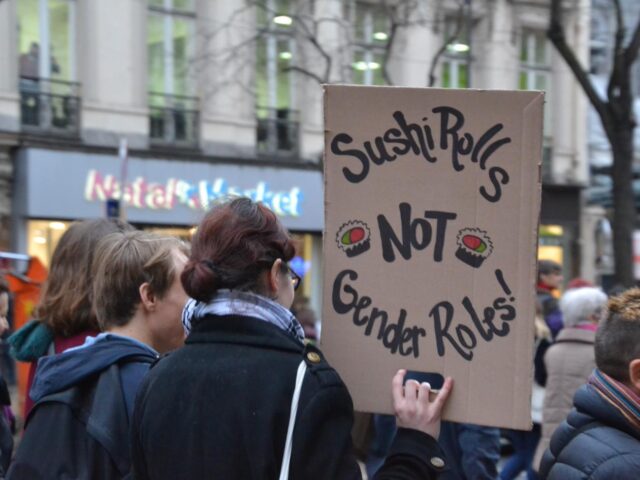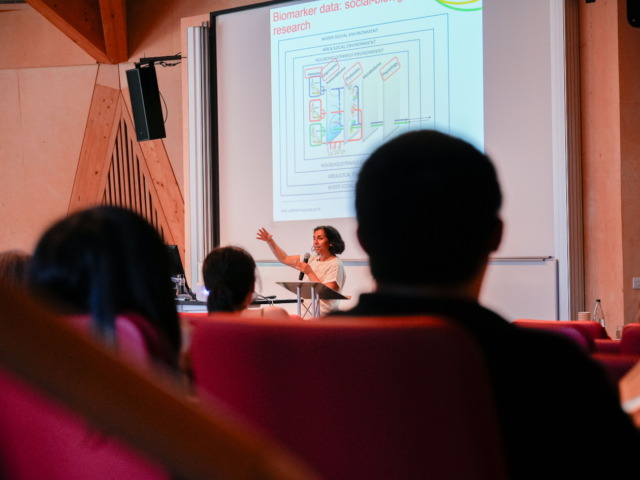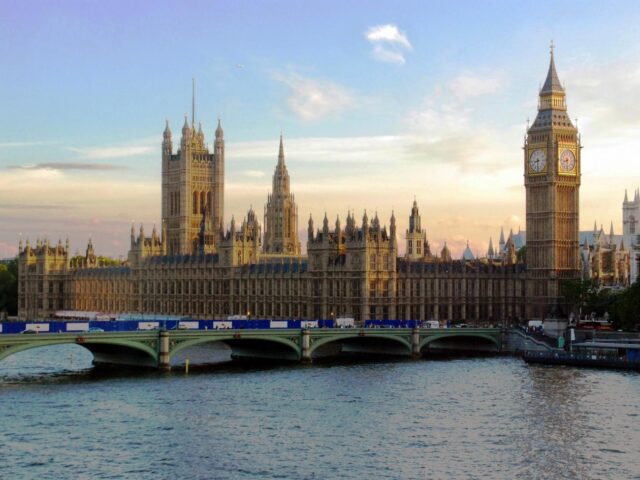This experiment focuses on whether including extra questions that are of interest to the respondent improves their perception of the current survey and participation in the following wave. Target outcomes include response at subsequent waves as well as interviewer observations related to respondent interest in the questionnaire and likelihood to participate at a subsequent wave.
In all three samples (original, IP4 and IP7 refreshment samples), households within PSUs were allocated to treatment such that all individuals within households received the same experimental allocation. Households were divided randomly into two treatment groups – a group receiving content comprised of up to 3 tailored or ‘interesting’ questions and a control group. For the original IP sample (ff_hhorig = 7), the treatment questions was tailored to respondents’ interests as reported at IP2 in questions concerning leisure, culture and sports participation. For the two refreshment samples (ff_hhorig = 10, 11), the treatment questions concerned TV watching. The control group received no additional questions. The controlling variables were ff_contintw7 and ff_horig, with the specific version of questions for those receiving tailored questions being controlled by ff_intqw7:
Controlling variables:
ff_contintw7 on record hhsamp
1 Tailored/interesting questions
2 Control
Table: Variables used in interesting questions experiment
| ff_intqw7 on record indsamp | Interesting questions asked (in indresp) | |
| 100 | Group 0 | teampart, teamcompete, teamcomplvl, teamread, teamfut, |
| 101 | Group 1 | sportpart, sportalone, sporthealth, sportfut, |
| 102 | Group 2 | actpart, actaud, actperf, actaudevr, actfut |
| 103 | Group 3 | artcomp, arttype, arttime |
| 104 | Group 4 | actpart, actaud, actperf, actaudevr, actfut |
| 105 | Group 5 | evntatt, evnttype, vntenjy, evntfut |
| 106 | Group 6 | |
| 107 | Group 7 | |
| 108 | Group 8 | |
| 109 | Group 9 | |
| . | Missing | tvprogreg, tvprog, tvmostenjy |



